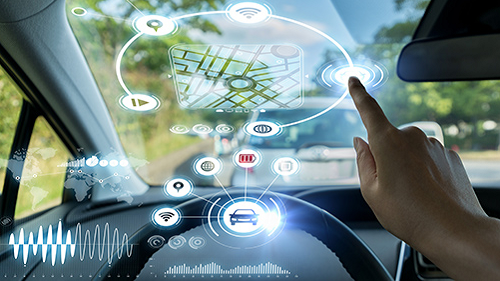Connected cars facing a data logjam
Vehicles are becoming increasingly connected and different stakeholders are looking to benefit from the information that this data provides.
One of the key challenges is the ensuring that the data is being delivered to its intended location and that delivery of information, be it to the vehicle or from the vehicle out to the network, happens without delay. Krishna Jayaramen, head of connected vehicles, mobility for Frost & Sullivan, explained that current data demands for connected vehicles is not a major issue, however the evolution of autonomous vehicle capabilities will present a major challenge.
He said: “The scenario is completely different—we could be talking about terabytes of data. Most traditional carmakers are still collecting massive amounts of data over the cloud and that’s why the data sets that could be anywhere from between 1-10 terabytes. That’s data from cameras, LiDAR, and radar and the data jam issue pops up more with a real-time data feed we need with AVs.”
It will be necessary to consider concepts like ring buffers or data compression technologies, whereby electronic control units (ECUs) would be updated to receive OTA updates, which could include airbags or the vehicle’s suspension. Jayaramen explained: “You can’t really send that data in bulk, because there is a cost association. The biggest cost is movement of data, it’s not really processing of data. What happens is there is a technique to collect bits of data and push it out of the car and is expanded once it reaches the server.”
He pointed out the data jam could happen within the next three to four years as automakers unify connectivity and autonomy to a more holistic degree. “There’s a lot of legacy systems out there,” he said. “We are trying to bridge the gap, and they’re still finding ways to bridge those gaps.”
To read the complete article, visit TU-Automotive.

















